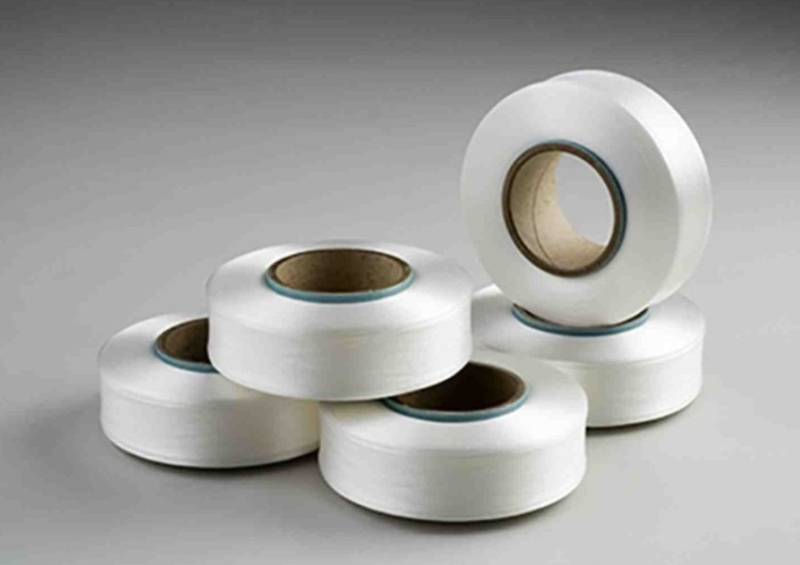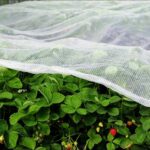Barriers To Recycling Threaten Global Market For Spandex

Elastane or spandex fibres face criticism because of the barrier they pose to the recycling of textile waste, spurring manufacturers to explore alternatives to elastane which are more easily recyclable.
If a breakthrough is made, the global market for elastane could encounter considerable disruption, according to a ‘Stretch fibres: expanding horizons beyond elastane’ report from Textiles Intelligence.
Elastane fibres offer unparalleled levels of comfort and stretch in textiles and clothing applications and, as a result, they dominate the global market for stretch fibres.
In the years since their development, elastane has established itself as a key component in manufacture of athleisure apparel, compression garments, hosiery, shapewear, sportswear and workwear.
“In other applications, elastane fibres are key to manufacturing of medical textiles, including bandages and diapers,” the report adds.
“However, there are concerns that textile and clothing products made from blends containing elastane fibres are difficult to recycle at the ends of their useful lives,” the report states.
Generally, the percentages of elastane fibres in garments are small, but just 1 percent of elastane in a pure cotton t-shirt is sufficient for the garment to be rejected at a recycling sorting plant.
As a result, it is critical that elastane fibres are removed from a garment in order to facilitate effective textile waste recycling at the end of the garment’s useful life.
“But removal is complicated by the fact that existing solvents for separating elastane fibres from other fibres are toxic and hazardous in the environment,” the report observed.
The difficulties of recycling textiles and clothing containing elastane fibres are compounded by mounting evidence that the fibres contribute to microfibre pollution.
Reportedly, fabrics containing elastane fibres tend to shed more microfibres than fabrics containing other fibres.
Also, the amounts of microfibres released from such fabrics as a result of domestic laundering has been found to be particularly alarming.
In response manufacturers are exploring alternatives to elastane which are more compatible with existing recycling technologies and cause less microfibre pollution.
Covation Biomaterials is producing a stretch fibre called Sorona which is made usingpropane-1.3-diol (PDO) derived from glucose obtained from corn
While, Fulgaris is producing a stretch fibre called Evo which is made using a biopolymer derived from the oil of castor beans.
Looking ahead, it is likely that further advancements in the development of alternative stretch fibres will pose a risk to the global market for elastane, and they could cause considerable disruption.
“In order to secure the future of the global market for elastane, research and investment will be pivotal,” the report noted.
Innovations for reducing microfibre shedding from fabrics which contain elastane will be the key, and the development of sustainable methods for separating elastane from textiles will be critical.














